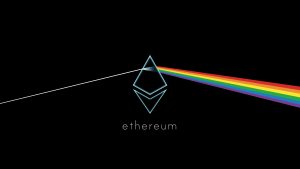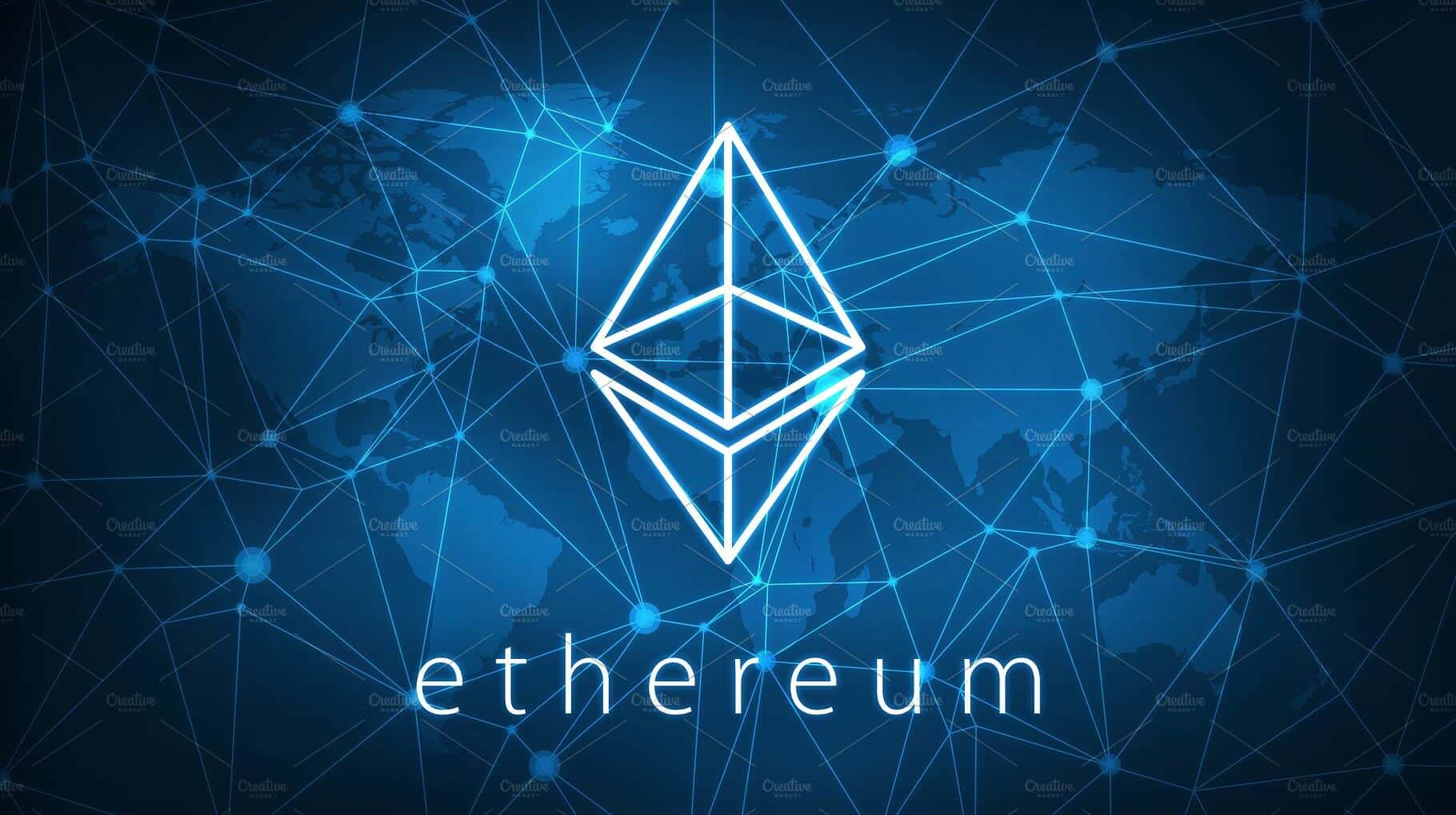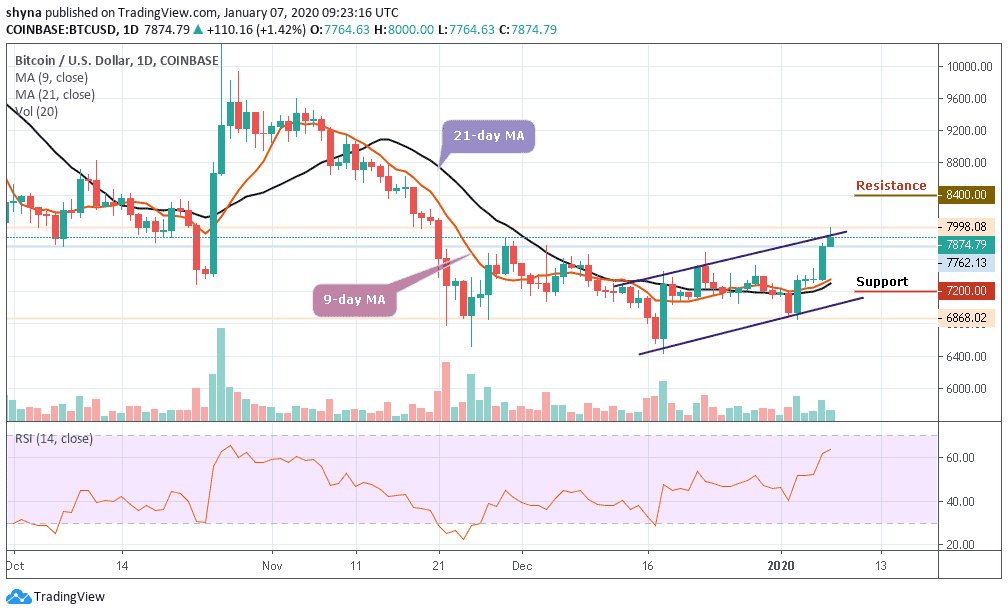Join Our Telegram channel to stay up to date on breaking news coverage
The Muir Glacier Hard Fork has brought on many changes in the Ethereum blockchain. The most prominent change for miners will be a 25% decrease in block rewards. This happened as the mining difficulty on the blockchain was increased.
Etherscan data reveals it all
Etherscan, the Ethereum block explorer, suggests that between January 1 and January 4, the daily average block time on the Ethereum blockchain has come down from 17.16 seconds to 12.96 seconds. Thus, the block time was reduced by 24.48%. As a higher number of blocks can now be mined in a day, the inflation in the Ethereum blockchain has increased as well.
On January 1, Ethereum miners created 4,980 new blocks with 10,237 ETH. On January 4, the miners created 6,570 new blocks and 13,437 ETH coins. This marks a 32% increase in the number of new blocks mined and a 31% increase in the block rewards. Does it mean that more people will buy Ethereum?
The effects of Muir Glacier
The Ethereum network recently implemented the Muir Glacier Hard Fork. The hard fork was designed to delay the Ethereum ice age, a protocol that could increase the mining difficulty over a period of time. This would continue until the mining on the Ethereum blockchain becomes impossible. The ice age will come with a series of so-called “difficulty bombs,” which would make mining on the Ethereum chain impractical. This would be helpful for the Ethereum 2.0 blockchain.
The Muir Glacier fork was proposed by Eric Conner from EthHub in EIP 2384. The hard fork would delay the difficulty bomb by four million blocks, which could give the developers some more time to deploy the ETH 2.0 features. If the network didn’t implement the Muir Glacier upgrade right now, the Ethereum network transactions would keep increasing in costs since the block settlement times were projected to reach 20-30 seconds per block. Conner noted that with fewer blocks mined each day, the cost of transactions would keep on increasing.
Join Our Telegram channel to stay up to date on breaking news coverage



